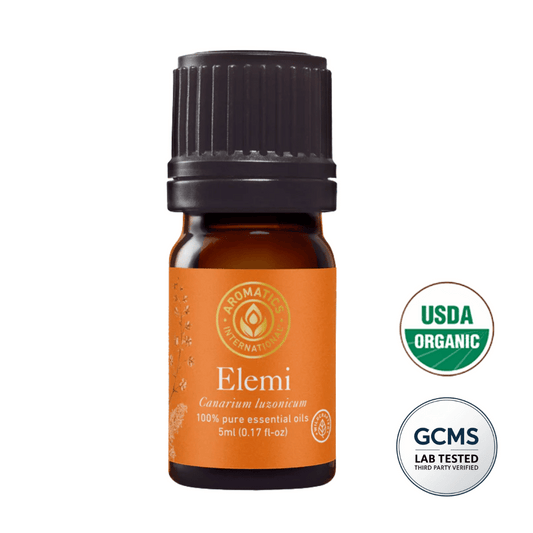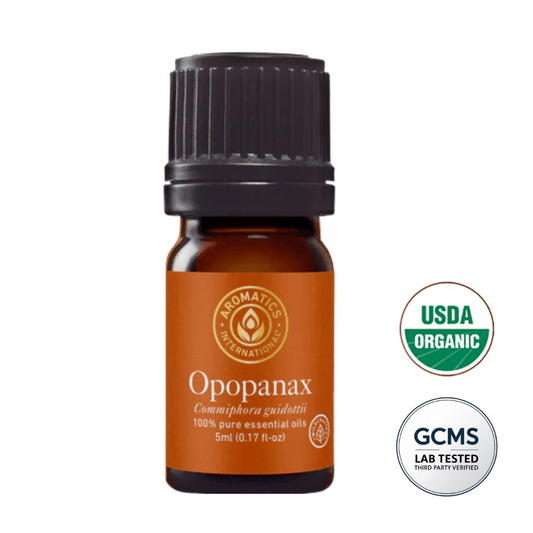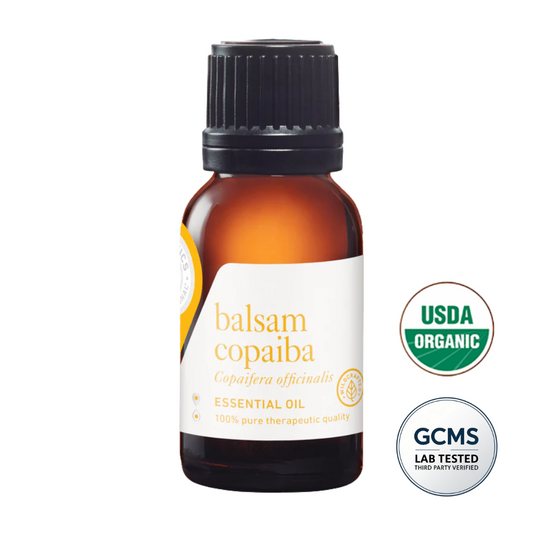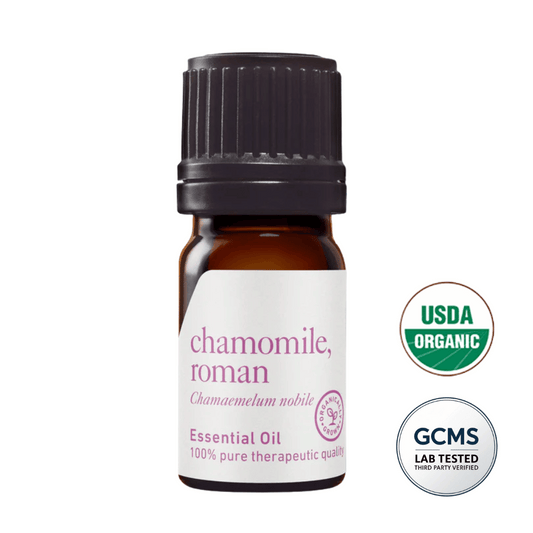Polish Lavender Oil: Varieties, Properties, and Uses in Aromatherapy
Share
Lavender is cultivated in Poland, although our climate isn't ideal for it. The most popular variety grown in Poland is the narrow-leaved lavender (Lavandula angustifolia), as it is the most frost-resistant and adapted to our climate.
The main lavender growing regions in Poland:
Greater Poland – popular plantations in the vicinity of Poznań.
Pomerania – especially in Kashubia and around Gdańsk.
Masovia – including plantations near Płock and Warsaw.
Podkarpacie – warm and sunny hills favor cultivation.
Lower Silesia – especially around Wrocław and the Kłodzko Valley.
Lesser Poland – e.g. in the Krakow area.
The most commonly grown varieties include:
Hidcote Blue – compact, with an intense scent.
Munstead – frost-resistant, often used in cosmetics.
Grosso – very efficient in terms of essential oil.
In addition to popular varieties such as Hidcote Blue and Munstead, there are also lesser-known but appreciated lavender varieties such as Siesta, Blue Scent, Phenomenal and Imperial Gem.
Where do so many varieties of lavender come from?
Lavender belongs to the genus Lavandula, which includes dozens of species and hundreds of cultivated varieties. New varieties are created as a result of:
Natural selection – some varieties adapt better to conditions in a given climate.
Cultivation and selective breeding – breeders cross different lavender species to obtain better characteristics, such as greater frost resistance, a more intense fragrance, a longer flowering period, or better quality essential oil.
Mutations and spontaneous genetic changes – sometimes natural mutations occur, which breeders reproduce if they have desirable traits.
Who names the lavender varieties?
Variety names are given by:
Plant breeders – individuals or companies specializing in the creation of new plant varieties (e.g. plant nurseries, research institutes).
Variety registration organisations – such as the Royal Horticultural Society (RHS) in the UK or the International Cultivar Registration Authority (ICRA), which officially recognise and catalogue new varieties.
Seed and seedling companies – sometimes a lavender variety is patented by a company that gives it a trade name.
How many varieties of lavender are there?
There's no exact number because new varieties emerge every year, but it's estimated that there are over 400 varieties of lavender. The most popular species are:
Lavandula angustifolia (narrow-leaved lavender) – the most frost-resistant, most commonly grown in Poland.
Lavandula x intermedia (intermediate lavender) – larger, with a stronger scent, e.g. Grosso, Phenomenal varieties.
Lavandula stoechas (French lavender) – has characteristic "feathers" on the flowers, but is less frost-resistant.
Lavandula dentata (toothed lavender) – leaves have jagged edges, does not overwinter in Poland.
Lavandula latifolia (broad-leaved lavender) – less common, often used in crosswords.
The Hidcote variety (full name: Lavandula angustifolia 'Hidcote') is very popular in Poland. It's one of the most commonly planted varieties of lavender (Lavandula angustifolia) because it thrives in our climate and is frost-resistant.
Why is 'Hidcote' popular in Poland?
✔ Frost hardiness – it can withstand temperatures down to -25°C, making it one of the best varieties for the Polish climate. ✔ Intense fragrance – it has a stronger, more distinctive aroma than many other varieties. ✔ Compact growth – it grows to 40-50 cm, making it perfect for flower beds, borders, and even for growing in pots. ✔ Deep purple color – its flowers are an intense purple-violet hue that looks beautiful in gardens. ✔ Long blooming – the first flowers appear in June, and sometimes you can count on a second bloom in August-September.
The use of selected lavender varieties in therapy and care
Hidcote – intense fragrance, perfect for relaxation
The oil from this variety has strong relaxing properties, which is why it is perfect for aromatherapy and massages.
The flowers can be dried and placed in scented sachets in a wardrobe or on a pillow to help you fall asleep.
The concentrated aroma makes it ideal for soy candles and natural perfumes.
Munstead – Immunity and Skin Care
Due to its high resistance to cold, it is often used in natural cosmetics.
The oil from this variety has strong skin-soothing properties, which is why it is used in balms and facial oils.
Perfect for relaxing baths, as its oil relieves muscle tension and supports skin regeneration.
Blue Scent – long-lasting flowering and high-quality oil
Its flowers retain their fragrance for a long time, making them perfect for homemade lavender infusions that aid relaxation.
High-quality essential oil can be used for inhalation, improving concentration and relieving stress.
It is used in artisan soaps and hair care products.
Siesta – a modern variety, resistant to changing conditions
Thanks to its resistance to various weather conditions, it can be used in natural cosmetics for all skin types.
This variety of oil is perfect for mixing with carrier oils (e.g. almond) in relaxing massages.
Its fresh scent makes it ideal for natural bedding and interior mists that improve sleep quality.
Polish lavender is not only a garden decoration but also a natural way to relax, heal, and care for your skin . Thanks to its various varieties, you can tailor its benefits to your needs – from relaxing aromatherapy to home skin and hair care.








